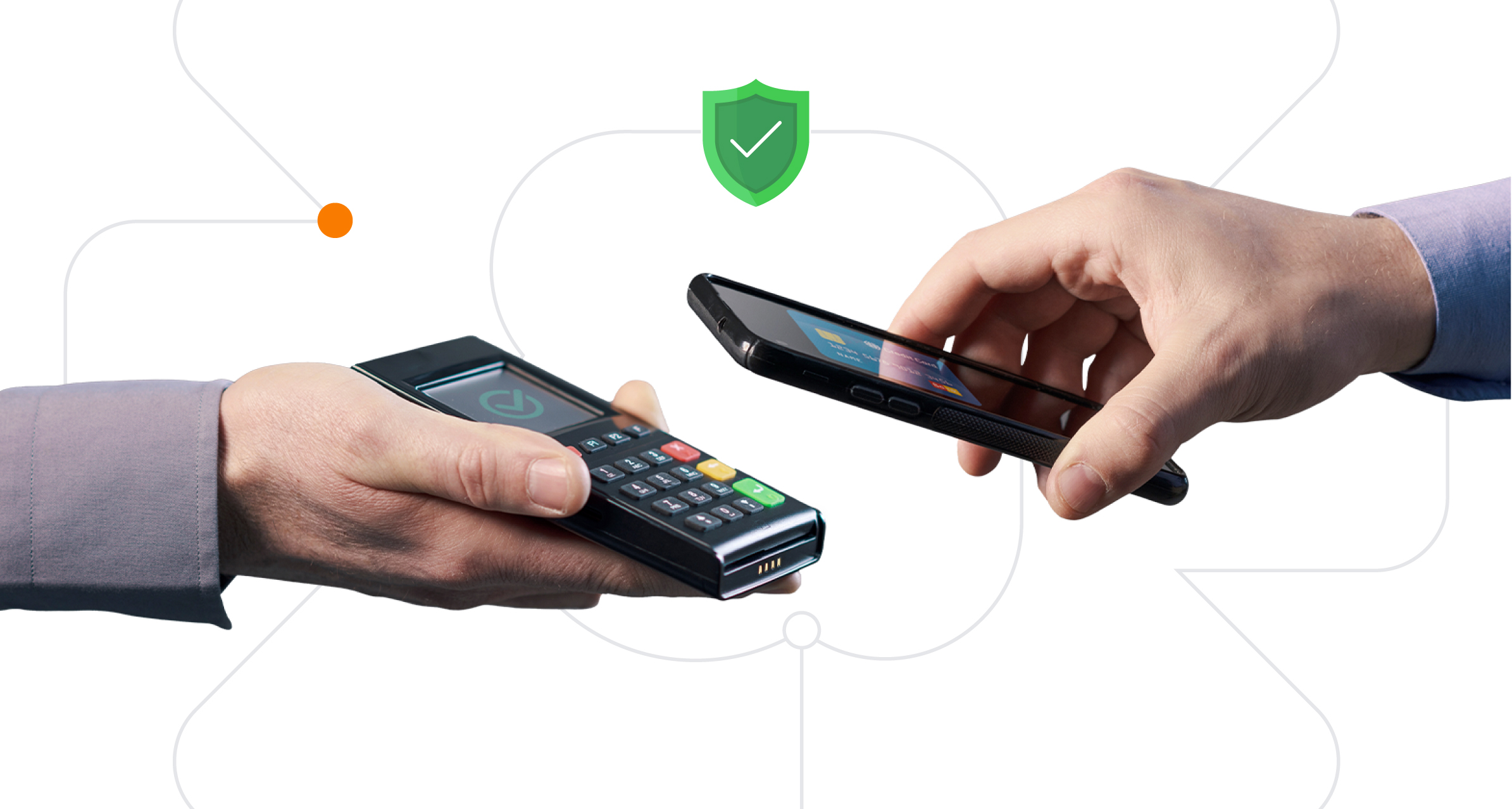In today’s rapidly evolving market, the business success increasingly hinges on the ability to adapt to new technologies. One innovation that has transformed the way payments are made is the digital wallet. With a recent Forbes Advisor survey revealing that 64% of American consumers use digital wallets as often as traditional payment methods—with over half using them even more frequently—it’s evident that digital wallet acceptance is becoming essential for all types of businesses.
Digital Wallets: A Unified Term
The terms digital wallets, mobile wallets, and e-wallets are often used interchangeably. Regardless of the nomenclature, they refer to the same technology that securely stores payment information and facilitates transactions through mobile devices. This technology is reshaping the checkout experience, making transactions more efficient and enhancing customer satisfaction.
The Rise of Digital Wallets
The adoption of digital wallets accelerated during the pandemic as consumers sought out contactless and hygienic payment options. Beyond health concerns, the convenience of digital wallets continues to be a significant factor driving their popularity. Many banks have integrated digital wallet features into their mobile banking apps, offering rewards and incentives to promote their use. These digital wallets enable consumers to manage their finances, make payments and receive rewards in one convenient location.
Security: A Top Priority
Security is a crucial advantage of digital wallets. By using tokenization and encryption, digital wallets ensure that payment information is protected, even if a merchant’s system is breached. For each transaction a unique token is generated, which means actual card details are never exposed during the payment process. For businesses, offering secure payment options is not just a value-add; it is becoming a necessity to retain customer trust.
Elevated Customer Experiences with Digital Wallets
Businesses that accept digital wallet payments can also enjoy a smoother checkout process, leading to increased customer loyalty and reduced cart abandonment rates. Furthermore, nearly half of consumers report spending more when using digital wallets, highlighting the potential for increased sales. Additionally, the data generated from digital wallet transactions can provide valuable insights into customer behavior, enabling more targeted marketing strategies and product development.
Strategies for Embracing Digital Wallets
Those who adapt quickly to embrace digital wallets—and the added convenience and security they offer—will be better equipped to meet customer expectations and thrive in the competitive marketplace.
To capitalize on the growing use of digital wallets, businesses should consider the following strategies:
1. Integration Mapping: Seamlessly integrate digital wallet solutions into your payment infrastructure. Provide a range of payment options like Apple Pay, Google Pay, and Samsung Pay to meet diverse consumer preferences.
2. Security Enhancement: As digital wallets gain prevalence, prioritize advanced security measures, including authentication protocols and fraud detection systems, to maintain consumer trust and promote adoption.
3. Customer Education: Develop educational content and support channels to help consumers understand the benefits and operation of digital wallets. Informed customers are more likely to embrace innovative technologies.
4. Onboarding Simplification: Ensure that the process for adding payment methods to digital wallets is user-friendly, with clear instructions and support available for new users.
The trajectory of digital wallet adoption suggests that they will soon be indispensable for purchase transactions. By implementing digital wallet payment options and focusing on integration, security, education, and a simplified onboarding process, businesses can position themselves for success in a next-gen economy.


